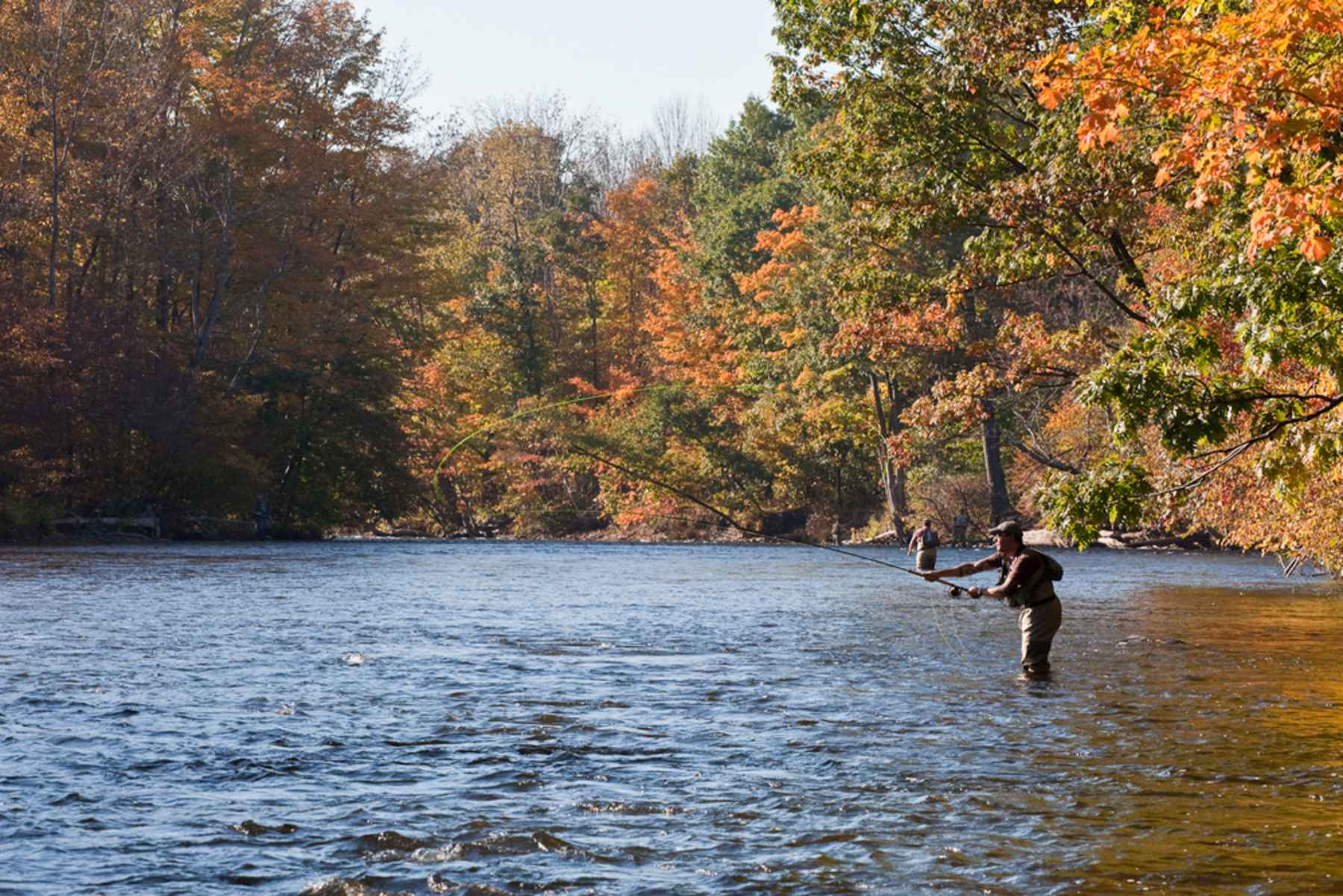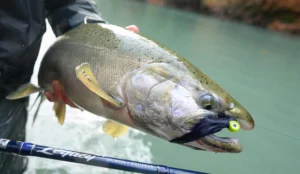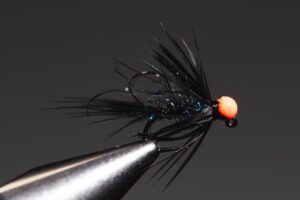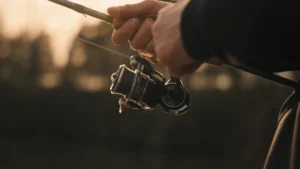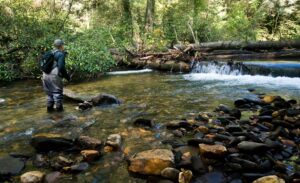As we roll into late October, freshwater trout anglers across the country are entering one of the most exciting windows of the year. Cooler air, shortening days, and shifting water conditions mean trout are often more active, more aggressive — and ready to bite. Whether you’re chasing bright rainbows in a stocked lake, crafty browns in a tail-water, or wild brookies in a remote stream, now is the time to get out there. Below we’ll explore what’s going on, where the action is strongest, and what tackle and tactics are working as of today.
What’s Happening & Why It Matters
- As water temperatures drop, trout metabolism remains active but they become more aggressive feeders in preparation for slower winter periods. For instance, fall trout are described as being “in prime fighting condition … well-proportioned and in bright spawning colors.” Sporting Journal
- In many waters the flow has dropped, clarity has improved, and fish are congregating in predictable holding zones such as thermal refuges, springinlets, pool heads and deep riffles. Hatch Magazine+1
- Many states are stocking or have stocked trout for fall, opening access to catchable rainbows especially. Example: Illinois Department of Natural Resources delayed stocking at some sites because of warm water temps, but plans remain for fall stocking. Jacksonville Journal-Courier
- Fall also brings behavior changes: spawning migrations (especially browns), baitfish and insect activity shifts, leaf and debris cover increases — all of which affect presentation and location strategy. Montana Angler+1
Regional Highlights
1. Northern & Mountain Streams (Montana, Wyoming, Idaho, Colorado)
This time of year can be spectacular in the Rockies and similar systems. Large brown and rainbow trout are on the move, staging before spawning or moving to wintering areas. Montana Angler
Tactics: Large streamers stripped aggressively, egg patterns under indicators (for spawning visitor browns), and nymph rigs worked deep in big pools. Be ready for weather shifts — snow and cold fronts are possible.
Gear tips: 7- or 8-weight fly rod for big sculptured water; 4-6 lb fluorocarbon tippet for spooky trout in clear fall water.
2. Mid-Atlantic & Eastern Lakes/Streams (West Virginia, Pennsylvania, Appalachians)
Many waters are stocked for fall, and trout in these regions can be highly catchable now. For example, West Virginia Division of Natural Resources notes that select lakes and streams will be stocked with “large catchable-size trout and trophy monster trout” in mid- to late October. WV Natural Resources
Tactics: In stocked lakes use light spinning tackle with small jigs, spoons or live bait around deeper structure or shaded points. In streams, look for trout holding near pools with inflows or tributaries.
Gear tips: 4- to 6-ft spinning rod with 4-8 lb test line for small trout; upgrade for trophy waters.
3. Southern & Mid-Southern Waters (Southern Appalachians, Ozarks, high-elevation Southeastern tailwaters)
Though water temperatures are still mild, the fall transition offers good chances especially early in the season. Trout are more active post-summer stress and moving into holding areas.
Tactics: Late morning or early afternoon can be prime as sunlight warms shaded water slightly. Use intermediate or sinking lines in tailwaters, or small crankbaits/jigs in lakes.
Gear tips: Medium action rod for spinning or baitcasting, 6-10 lb test line for general trout; consider increased leader length (~6-8 ft) as visibility improves.
Tackle & Technique Right Now
- Line & leader: With clearer fall water, softer presentations are more effective. In streams, go lighter (4-6 lb tippet), and ensure you have a long leader in fly fishing. In lakes or tailwaters with heavier trout, 8-10 lb leader is sensible.
- Lures & flies:
- Streamers in darker colors (olive, black, brown) sized up for aggressive fall browns.
- Nymph rigs with egg or bead patterns in spawning streams.
- Small spoons, inline spinners (1/8–¼ oz), and slender jigs for stocked or shallow lake trout.
- Dry flies can still work when hatches occur, but presentation is often slower and deeper now. Livingston Montana Fly Fishing Trips
- Location strategy:
- Focus where water is a few degrees warmer than the surroundings (springheads, tributary confluences).
- Shallow flats that warm early in the day can hold feeding trout; as the day cools, fish may move into slightly deeper or more sheltered zones.
- Look for structure, cover and pool tails – fall trout often stage here.
- Presentation & timing:
- Fish early morning or late afternoon when insects or baitfish are active.
- On calm, clear days fish can become spooky — more stealth, longer drifts, lighter rigs. Hatch Magazine
- If water is low, fishing tight to banks, undercut trees or alongside leaf-litter zones often pays.
- Regulation & conservation:
- Check local stocking schedules and bag/catch limits. Some waters may be catch-and-release only during certain times.
- Be aware of water temperatures: if water exceeds trout’s comfy threshold (~65°F for many trout), consider leaving the fish alone or using barbless hooks to reduce stress. Hatch Magazine
What To Watch For & Prepare For
- Weather swings: Fall weather can be fickle—sunny one day, snow the next in mountain regions. Dress in layers, bring waterproof gear, and be ready for changing conditions.
- Water clarity changes: Leaves, early runoff, or precipitation may muddy water. If clarity drops, bump up lure size or color contrast (bright or dark), and fish slower.
- Spawning activity: In many places browns or other trout spawn this time of year. Avoid targeting redds (spawning sites) and always adhere to local rules protecting spawning fish. Livingston Montana Fly Fishing Trips
- Stocking updates: Some states delay or adjust fall stocking depending on water temps. For example, Illinois delayed some stocking because waters were too warm. Jacksonville Journal-Courier
- Changing daylight & feeding windows: As days shorten, feeding windows often compress—be on the water during prime times (just after dawn, before dusk).
Final Thoughts
Right now is a fantastic time for trout fishing in the U.S.—whether you’re an angler chasing big browns in remote rivers, targeting stocked rainbows in accessible lakes, or exploring your local stream for hungry brookies. The patterns have shifted from summer; the trout are more deliberate, the opportunities are clear, and the playing field is still wide open. Grab your gear, heed the conditions, and plan a day on the water while the fall bite is crisp and ready.
Tight lines — the trout are waiting.

